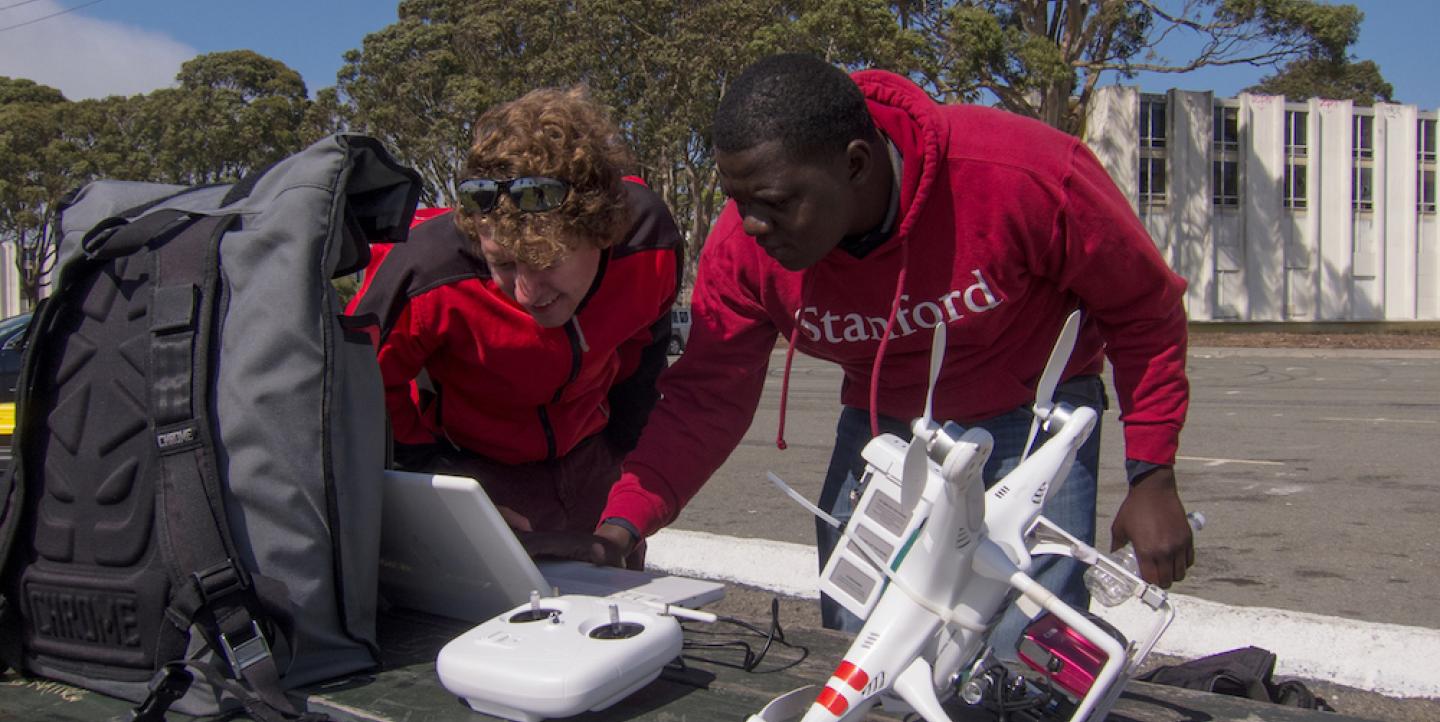“We love innovation, we love to harness the latest tech and tools out there,” said Camilla Bath, Deputy News Editor at EyeWitness News in South Africa, in an interview with me for Publishing For Peanuts: Innovation and the Journalism Startup, a new report commissioned by the Open Society Foundations’ Program on Independent Journalism.
Bath’s sentiment is not alone: in Publishing for Peanuts: Innovation and the Journalism Startup, myself and co-authors JJ Robinson and Anya Schiffrin found that throughout the world, media outlets are pushing innovation in exciting ways. Startups in countries ranging from South Africa to Peru are harnessing new technology — everything from the Internet to drones to apps — and working hard to tackle editorial, business, distribution and security issues.
Publishing for Peanuts highlights best practices for journalism startups, an “Innovation index,” a literature review and 35 case studies of media startups around the globe.
Case studies and lessons learned
For me, one highlight in working on Publishing for Peanuts was having the opportunity to interview a variety of organizations and hear their stories first-hand. It is my hope that the 35 case studies highlighted in the report creates a space for these global startups to have their struggles and successes heard.
And these organizations certainly are succeeding. One great example is OCCRP in Bosnia and Herzegovina, which is using online and offline tools to create an international network that is fighting corruption — and has led law enforcement to freeze or seize more than US$2.5 billion in assets. This success, however, has not come without its costs: pushback from governments and organized crime networks have threatened the freedom and security of OCCRP’s contributors and even resulted in the imprisonment of a number of their contributors for speaking out.
Responding to economic and social forces, some outlets are repurposing old technology with new technology in order to reach out to listeners in low-cost ways. For example, RootIO has created a new way to broadcast hyper-local, low-cost radio programs via feature phone in Uganda. The technology also allows for community members to call in and participate in radio programs for free via their feature phone.
Others are using technology breakthroughs and adapting them to their media needs. Most obviously, advancements in the Internet allow for outlets to communicate to a global audience. IndiaSpend in India uses the Internet and their social media channels (particularly Twitter) to disseminate their data journalism work. Lina Attalah of Mada Masr in Egypt told us that thanks to the Internet, “We were constantly exchanging ideas with other media outlets [throughout the Arab world].”
Still, other outlets are also using exciting new technologies (besides the Internet) as well. For example, African SkyCAM, originally based in Kenya, has begun adopting and promoting drone technology for journalism throughout Africa. News Tools in South Africa has created their own digital tools to demonstrate the lack of diversity of sources and “churnalism” in the South African news scene.
It was truly inspiring to hear these stories of media outlets innovation despite serious hardship.
Recommendations and conclusions
From these case studies, we drew out 11 recommendations for journalism entrepreneurs. These recommendations should help frame an internal discussion on the direction of the organization and are flexible by design — it is important tailor them for your organization’s specific needs. A few highlights from recommendations include:
- Find a niche and own it
- Paying for written contribution (however little) gives you the consistency needed to run a business
- Honestly appraise your weaknesses, and compensate for them
- Different markets and countries tolerate different models
The Publishing for Peanuts report has the full list, plus a complete list of additional recommendations for the media development community as well.
These findings, as well as the many others listed in the report, highlight a vibrant and exciting new space where media outlets around the globe are evolving in order to survive in this challenging space of news and media.
Although throughout the world, both in developed and developing countries, journalism is struggling to generate revenue, developing countries have a number of unique challenges in regard to editorial, business, distribution and security issues.
Despite repressive regimes, lack of infrastructure, threat of detention and more, these outlets are forging a path in the innovation space and they should not go unnoticed. Journalists and publishers in both the developed and developing world have a lot to learn from each other, and students, academia, policymakers, investors and others interested in the future of journalism and free press can hear from this often overlooked group in Publishing for Peanuts.
To carry out the 200-page report, Open Society Foundation's Program on Independent Journalism commissioned Columbia University's School for Public and International Affairs (SIPA) students Kristen Grennan and JJ Robinson, and SIPA professor Anya Schiffrin.
Image of African SkyCAM's Ben Kreimer and Dickens Olewe with a drone. Credit: Sam Stewart

